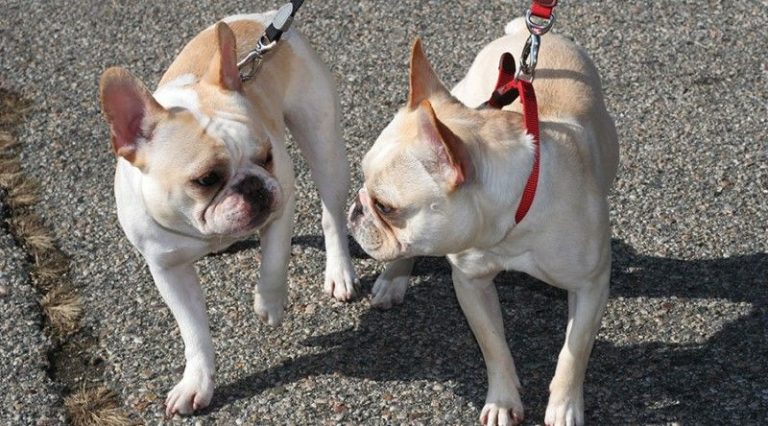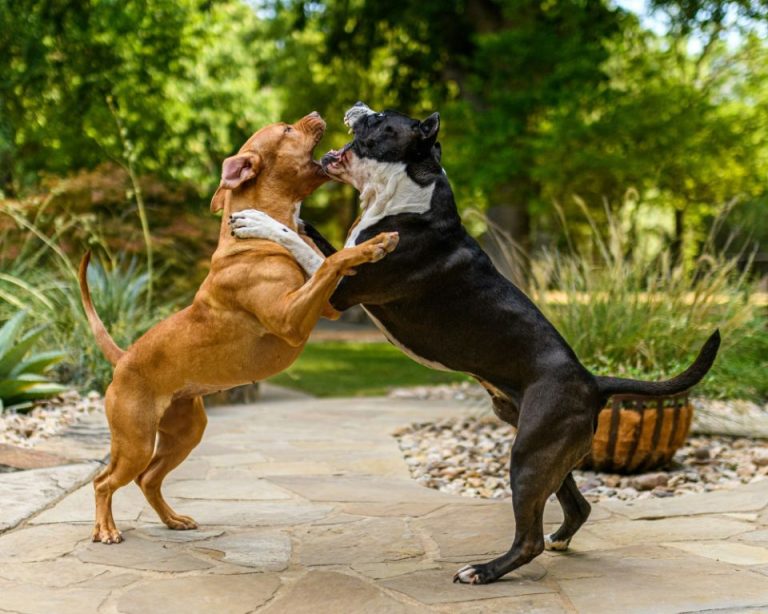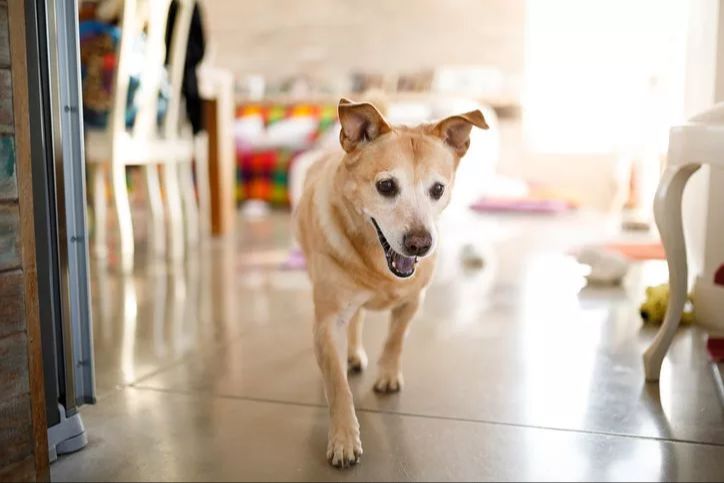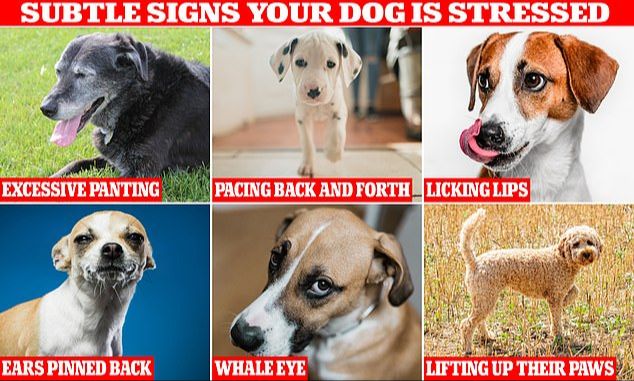Dealing With Resource Guarding: Techniques For A Peaceful Home
What is Resource Guarding?
Resource guarding refers to behavior that is exhibited by dogs when they feel that someone or something is threatening their access to items or spaces they feel are valuable. According to the American Kennel Club, resource guarding occurs because dogs view certain items or spaces as limited resources that need to be protected.
Some common examples of things dogs may exhibit resource guarding behavior over include:
- Food bowls or treats
- Toys
- Sleeping areas like dog beds
- Spaces like a crate or room
Signs that a dog may be resource guarding can include growling, baring teeth, snapping, stiffening their body, or biting when approached while in possession of the guarded item. Dogs may also display behaviors like staring intently, lifting a paw, or showing the whites of their eyes before escalating to more aggressive behaviors. Recognizing the early signs of resource guarding is key to addressing the behavior before it worsens.
Why Dogs Resource Guard
There are several reasons why dogs may exhibit resource guarding behaviors:
Instinct to protect valued items – Many dogs have a strong instinct to guard their possessions from being taken away, even by trusted family members. This instinct dates back to early canine evolution when resources were scarce. According to Preventive Vet, resource guarding is a normal dog behavior, though undesirable in a family pet.
Lack of training – Dogs who are not properly trained may default to guarding resources simply because they were never taught not to. With the right positive reinforcement training, most dogs can learn to willingly give up items when asked.
Fear and anxiety – Dogs who are fearful or anxious are more likely to guard resources like food, toys, and resting spots. This guarding provides them comfort. Reducing a dog’s general anxiety can help curb resource guarding.
Past trauma or abuse – Dogs with a history of neglect, punishment, or abuse may become very protective of resources because they needed to fight for scarce necessities. With patience and care, these dogs can become less guarded.
How to Identify Resource Guarding
There are several warning signs that may indicate your dog is resource guarding. These include growling, snarling, snapping, or biting when approached while in possession of items like food bowls, toys, beds, and more. According to the Human Society, resource guarding describes a behavior where a dog attempts to assert ownership over objects or spaces. Your dog may freeze, stare, growl, bare teeth, or even attack when you try to take something away. Any aggression, whether towards humans or other pets in the home, could signal an issue with resource guarding.
Some specific things to look out for include:
- Growling or snapping when approached while eating
- Becoming possessive over toys, food bowls, or other objects
- Stiffening up or freezing when you reach for a toy or object
- Getting aggressive when someone tries to move them from a resting place like a bed or couch
- Fights or aggression with other pets in the home over resources
Young puppies may display early warning signs like growling or becoming protective of food bowls or favorite toys. According to Wags and Wiggles, resource guarding typically emerges between 6-12 months of age as pups go through teething. Careful observation of your dog’s body language and behavior can help identify resource guarding issues early.
Preventing Resource Guarding
There are several strategies for preventing resource guarding in puppies and dogs. The key is to start prevention early through proper socialization, training, and management.
Early and ongoing socialization is critical for puppies. Getting them used to handling, restraint, and having items taken away and given back teaches them to accept these activities as normal. Puppies should be exposed to people and dogs of different ages, sizes, and backgrounds during the prime socialization window of 3-16 weeks old.
Hand feeding meals as puppies is another prevention technique, according to the AKC. This article states that hand feeding teaches puppies that people are the source of resources and promotes trust. Make hand feeding a positive experience by pairing it with praise and rewards.
Also regularly take toys, chews, and food bowls away from puppies and return them. This teaches puppies that surrendering resources doesn’t mean permanent loss. Always trade up for something better, never just take something away. Give lots of praise and treats when they comply. This exercise should always be done in a positive manner, never by force.
Prevention focused on socialization, training, and building trust sets up puppies for success in avoiding future resource guarding issues. But supervision and management are still required, especially in multi-dog households.
Treatment Options
There are several methods for treating and managing resource guarding in dogs. The most common techniques are trading up and desensitization training. In extreme cases, medication may be warranted.
The trading up technique involves finding a high-value treat that your dog loves more than the item they are guarding. This treat is then used to trade for the guarded item, rewarding the dog for giving it up willingly. Smelly, soft treats often work best for trading up. With repetition, the dog learns to view relinquishing items in a positive manner.
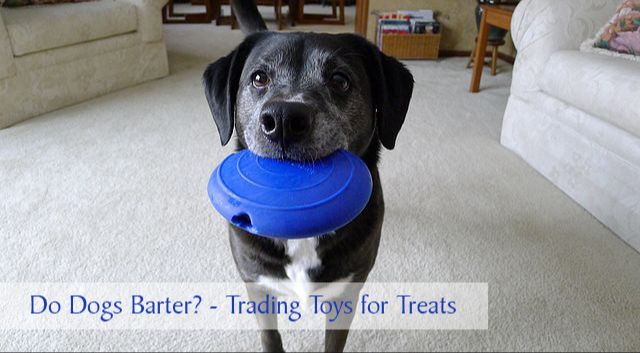
Desensitization training slowly exposes the dog to having items removed or approached while being rewarded with treats. Over multiple training sessions spanning weeks or months, the dog becomes comfortable with human handling of their possessions. This reduces the anxiety and guarding behavior. A professional trainer can guide the proper desensitization techniques.
In rare, severe cases of resource guarding, medication may be prescribed by a veterinarian. Medications can help reduce a dog’s baseline anxiety levels. However, medication alone does not address the underlying cause of resource guarding. It should be used cautiously along with behavior modification training.
Trading Up Technique
The trading up technique is a common method used to address resource guarding behaviors in dogs. The premise is simple – you swap out the item the dog is guarding for something even better, like a tasty treat. This teaches the dog that giving up the item results in getting something even more rewarding. According to the Whole Dog Journal, this technique works best when started early, before any aggressive guarding behaviors develop.
To implement trading up:
- Give your dog an item he likes, such as a toy or chew.
- Once he has it, approach and offer a high value treat while saying “trade.”
- When he drops the item to take the treat, praise and reward.
- After treating, return the original item.
This teaches the dog that giving up items results in receiving something even better. It also shifts the dog’s perspective – instead of feeling the need to guard to keep items, he learns that relinquishing brings rewards. With time and consistency, the trading technique can significantly reduce or resolve resource guarding behaviors. For step-by-step instructions see this guide from The Mannerly Dog (https://themannerlydog.com/the-trading-protocol-for-prevention-and-treatment-of-resource-guarding-in-dogs/).
Desensitization Training
Desensitization training is a common technique used for treating resource guarding in dogs. The goal is to slowly and gradually condition the dog to accept handling when eating or playing with high-value items, without reacting defensively. This type of training must be done carefully and under controlled circumstances to avoid exacerbating the guarding behavior.
To start, have the dog on a leash and give them a lower value item like a chew toy. While they are settled with the item, offer high-value treats. Slowly work your way closer, while continuing to give treats. If at any point the dog shows discomfort, move back to a comfortable distance. The key is to work under the threshold where the dog reacts, and pair your proximity with something positive. Over many gradual training sessions spanning days or weeks, you can work up to briefly touching the item while the dog is settled, continuing to give treats.
Eventually, you can begin actually taking the item away, immediately giving it back, and rewarding with treats. Slowly increase the duration you hold the item. The final goal is to be able to take away a high-value item like a food bowl, hold it for up to 30 seconds, then return it without the dog reacting defensively. This process may take weeks or months depending on the severity of the guarding behavior. Going too fast risks exacerbating the issue. It’s critical to slowly build the dog’s tolerance and positive association with handling around food and toys. Consulting with a certified professional is recommended when dealing with moderate to severe resource guarding issues.[1]
Medication Uses
In extreme cases only, medication may be considered as part of a comprehensive treatment plan for dogs with severe resource guarding. Medications should never be used as a sole treatment, but rather to help reduce a dog’s baseline anxiety and make them more receptive to behavior modification training. Some medications that may be considered include:
- Tricyclic antidepressants (TCAs) like clomipramine and amitriptyline. These can help reduce a dog’s overall anxiety related to guarding their resources.
- Selective serotonin reuptake inhibitors (SSRIs) like fluoxetine. SSRIs may help dogs with aggression by boosting serotonin levels.
- Anti-anxiety medications like benzodiazepines. These fast-acting drugs can be used situationally to help dogs feel less anxious about having their resources approached.
It’s critical to work closely with your veterinarian to determine if medication could be beneficial. The risks, side effects, proper dosage, and monitoring requirements must be considered. Medication should never be used as a quick fix or sole treatment method. But when combined with training, it may help in severe resource guarding cases.
Managing Resource Guarding
There are several steps you can take to manage resource guarding behavior and prevent incidents between dogs or with children:
Supervise interactions with kids – Do not leave dogs and young children unsupervised, as kids may unknowingly trigger guarding behavior. Monitor playtime and keep young kids from approaching items the dog guards.
Separate dogs when eating – Feed dogs in separate rooms with closed doors. Remove food bowls when done and do not leave high-value items laying around.
Remove access to guarded items – If your dog guards certain toys, beds or spaces, limit or prevent access to these triggers. Rotate toys to keep them “new” and appealing.
By supervising interactions, separating dogs during mealtimes, and limiting access to potential guarding triggers, you can manage resource guarding in a peaceful, safe way. However, the underlying behavior may still need to be addressed through training.
When to Get Professional Help
If your dog’s resource guarding escalates into aggression or does not improve with training you implement at home, it’s a good idea to seek guidance from a professional dog trainer. As the The Wildest article notes, “Assistance from a professional is essential if the resource-guarding dog has bitten or if there is any concern for safety.” A professional trainer can assess your dog’s specific triggers and circumstances and provide tailored recommendations for techniques that will be most effective.
Working one-on-one with an expert can help ensure you are implementing training properly and consistently at home, which is key for addressing resource guarding behavior. As the AKC article advises, “Costanza recommends asking professional trainers to help deal with resource guarding in dogs, since they’ll be able to provide tips and tricks to guide you along.” If you are unable to make progress on your own, a trainer can observe your dog’s responses and make adjustments to get the training on track.
Overall, if your dog’s resource guarding does not seem to be improving through your own efforts at home, or if any aggression arises that concerns you, consult a professional trainer or behaviorist. Their guidance and tailored training plan can help you address the resource guarding successfully and ensure everyone in the household remains safe.

